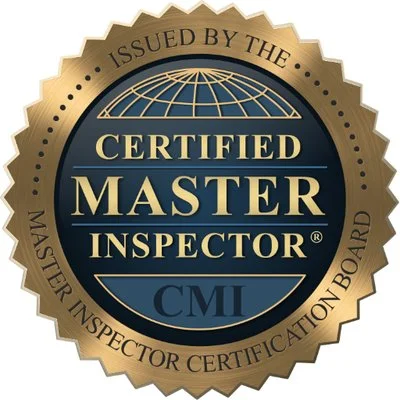
The Importance of 4-Point and Wind Mitigation Inspections
When it comes to safeguarding your home and saving money, knowledge truly is power. Investing in 4-Point Inspections and Wind Mitigation Inspections can be transformative for homeowners. These evaluations not only offer vital insights into the condition of your home but can also help you achieve significant savings on insurance premiums.
What Is a 4-Point Inspection?
A 4-Point Inspection provides a detailed assessment of four critical components of your home:
- Roof: Evaluates its overall condition, including the presence of leaks or wear.
- Electrical System: Checks for outdated wiring, overheated wires, safety hazards, and more
- Plumbing System: Identifies issues such as leaks, pipe material, and water heater functionality.
- HVAC (Heating, Ventilation, and Air Conditioning): Ensures efficiency and checks for potential hazards.
Insurance companies often require this inspection for older homes or during policy renewals. It helps detect potential risks that could compromise the safety and integrity of your home. This inspection is also becoming increasingly more common in Florida, including with younger homes.
Understanding Wind Mitigation Inspections
Wind Mitigation Inspections focus on your home’s resilience to severe weather conditions, particularly hurricanes and high winds. Key areas evaluated include:
- Roof Design and Anchoring: The shape, materials, and secure fastening of the roof.
- Windows and Doors: The presence of impact-resistant glass or storm shutters.
- Reinforcements: Hurricane straps and other structural features that reduce wind damage risk.
Homes with strong wind-resistant features may qualify for insurance discounts, making this inspection a valuable investment, especially in storm-prone areas.
Benefits of These Inspections
Safety and Risk Mitigation
- 4-Point Inspections: Identify hazards such as electrical issues, plumbing leaks, or roofing vulnerabilities before they escalate into major problems.
- Wind Mitigation Inspections: Highlight areas needing improvement to better withstand extreme weather, providing peace of mind during storm seasons.
Financial Savings
- Insurance companies often reward homes (that have a qualifying Wind Mitigation Inspection) with lower premiums, especially when wind-resistant features are present.
- Addressing minor issues early can prevent costly repairs later, protecting your investment.
Enhanced Property Value
- Providing potential buyers with recent inspection reports shows a commitment to home maintenance, making your property more attractive in competitive markets.
Preparing for Inspections
- Ensure Accessibility: Clear access to the electrical panel, HVAC system, plumbing areas, and attic.
- Organize Documentation: Gather past inspection reports, maintenance records, and details of recent upgrades.
- Engage with the Inspector: Be present during the inspection to ask questions and understand the findings.
Common Issues Found
- 4-Point Inspections: Leaky roofs, outdated electrical systems, and inefficient HVAC systems are frequent concerns.
- Wind Mitigation Inspections: Lack of storm shutters, weak roof anchoring, and inadequate window reinforcements.
By identifying these issues, you can take proactive steps to improve safety and compliance, often with financial incentives.
Choosing the Right Inspector
Selecting a qualified inspector is crucial. Look for professionals with certifications and a solid reputation. Ask for sample reports to ensure clarity and thoroughness. Recommendations from trusted sources or online reviews can also guide your choice.
Conclusion: A Smart Investment in Your Home
4-Point and Wind Mitigation Inspections are more than just formalities; they are essential tools for ensuring your home’s safety, maintaining its value, and achieving long-term financial savings. By addressing potential risks early and investing in necessary upgrades, homeowners can enjoy peace of mind and a secure living environment.
Don’t wait until issues arise—schedule your inspections today and take the first step towards maximizing your home’s safety and savings.

